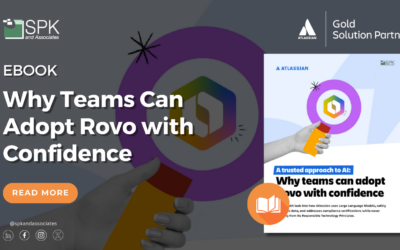In the past, medical device design focused on a standalone unit or a group of a couple devices that worked together. While that was a great idea, the number of compatibility issues that could occur also blocked connectivity to other devices. With the stream of new devices that contain sensors or cameras for quick information pulls, that sort of design is outdated.
The ability to control an entire operating room with just a few facial gestures or voice commands is coming thanks to devices like Google Glass and concepts like Google now. The concept of having everything interconnected and sharing information will allow diagnostics to get a new level of information and devices to adjust to patient or user needs helping in care.
The information gathered from watching a patient between cameras, bed sensors, and lights can all be transmitted back and allow for quick adjustments from a single device to help alleviate stress or pain in a patient without needing to constantly check on them, as the information will already be readily available.
Recently, Larry Page stated that he believed that Google could save a large portion of people’s lives if they were able to get access to current medical records. The ability to sift through such large portions of data would help find common factors and links between cases and significantly help the medical world as a whole.
If medical device designers were to incorporate data about how a person spent their time in a bed or a waiting room and how it affected their health, it could help fight against diseases and infections.
Next Steps:
- Contact SPK and Associates to see how we can help your organization with our ALM, PLM, and Engineering Tools Support services.
- Read our White Papers & Case Studies for examples of how SPK leverages technology to advance engineering and business for our clients.






